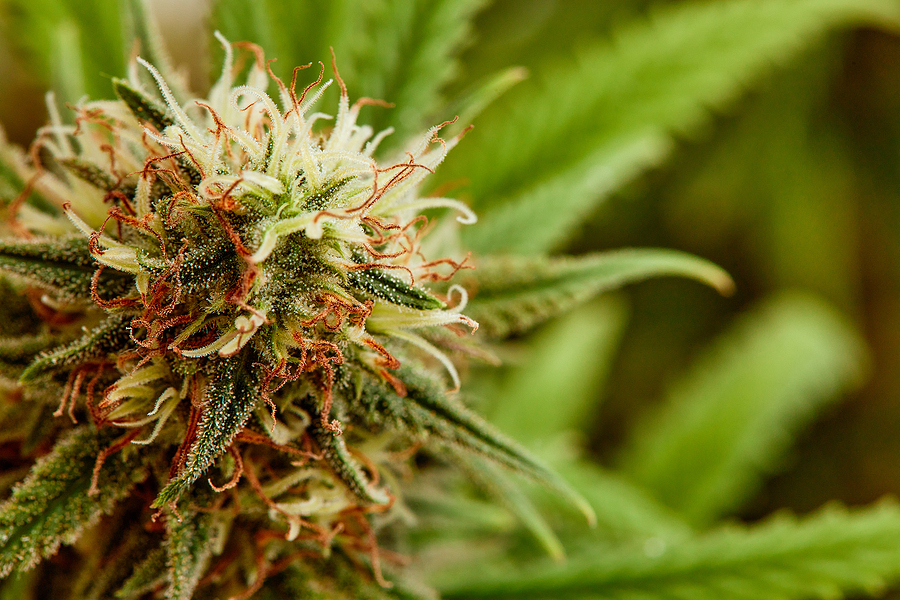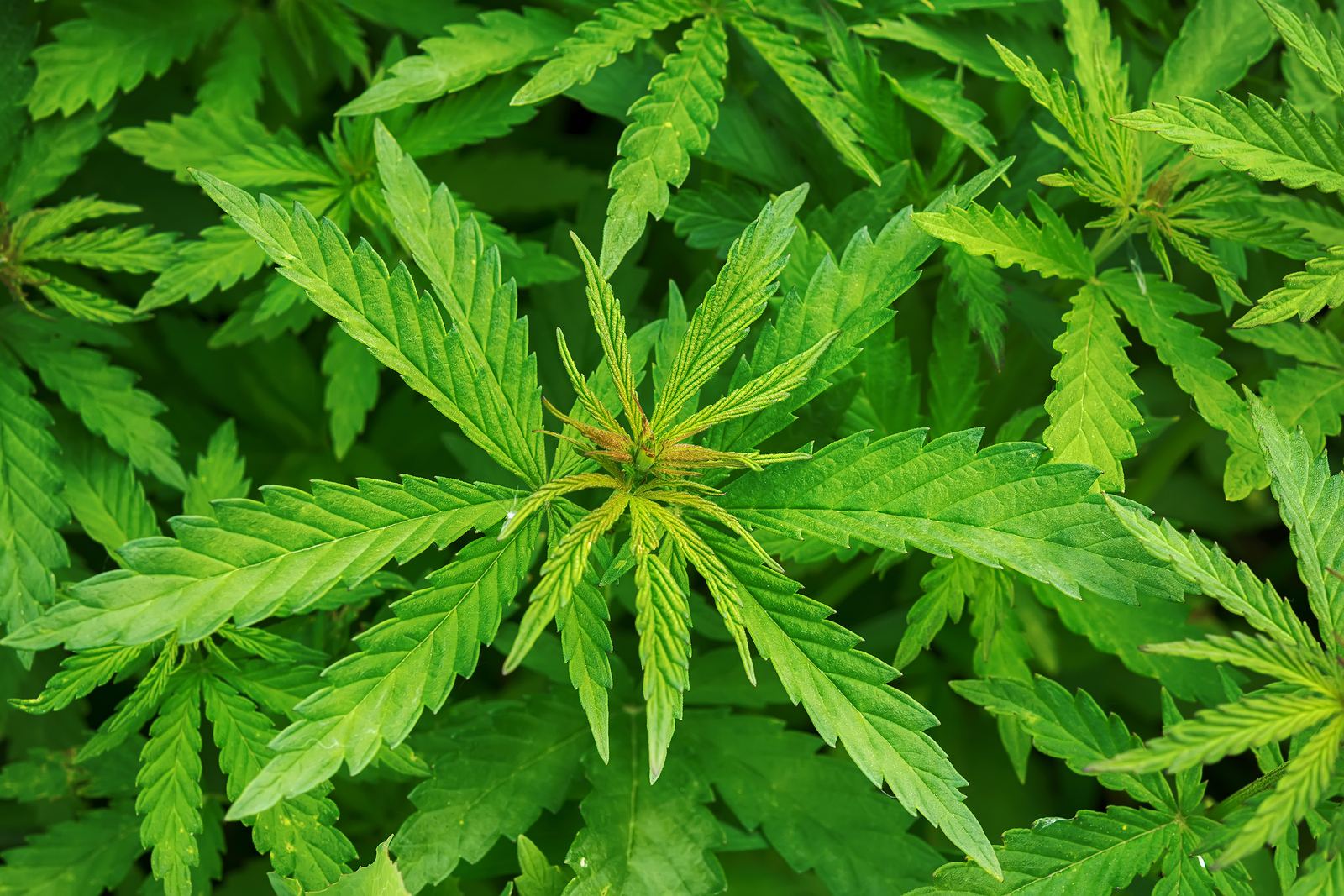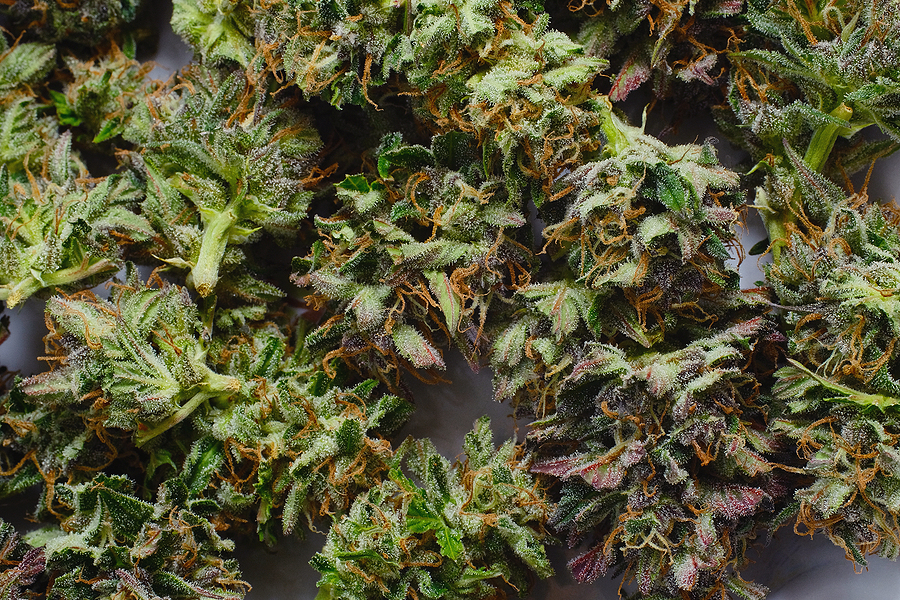What Are Terpenes in Cannabis?
Cannabis is a unique plant, and it has various compounds that give it its distinct aroma, flavor, and effects. Terpenes are one of the main chemical compounds found in cannabis that contribute to these characteristics.
These molecules have complex chemical properties that interact with other compounds in the plant, such as cannabinoids, to create synergistic effects. Furthermore, terpenes have numerous therapeutic benefits for humans, ranging from anti-inflammatory properties to anxiety relief.
This article will explore what terpenes are and their potential benefits when used in cannabis products.
Overview
The chemical compounds found in plants and some animals, which are responsible for aromas, flavors, and colors in vegetation, have increasing potential to classify cannabis products and predict effects. These compounds are known as terpenes, and they are naturally occurring molecules that can make cannabis strains smell and taste different.
They also provide protection from harsh weather and predators while working with cannabinoids to produce effects. Terpenes can be beneficial when it comes to mental health conditions too, as some of them may have psychoactive properties that affect the brain.
Terpenes have a distinct chemical structure consisting of hydrocarbons made up of five-carbon isoprene units that link together in various combinations. While they can be found in many plant sources, such as spices, herbs, citrus fruits, conifers, junipers, hops, lavender, and rosemary, they occur at higher concentrations within certain cannabis strains.
The entourage effect theory suggests that the full spectrum of cannabis compounds work together synergistically for enhanced therapeutic benefits. Furthermore, synthetic terpenes should be avoided, as they can be harmful when dabbed on or ingested directly without being properly diluted into a carrier oil first.
Chemical Properties
Terpenes are naturally occurring molecules found in plants, typically made up of monoterpene or sesquiterpene hydrocarbons and often possessing a strong odor. These molecules have various molecular structures, which determine their unique smell profiles as well as their potency when it comes to concentration levels.
In addition to being responsible for the flavor and aroma of various cannabis products, terpenes may also work together with cannabinoids like THC and CBD to produce therapeutic effects.
Lab-tested cannabis brands often list the terpene profile and concentrations present in each product so that consumers can get an idea of what kind of effects they can expect when using them.
Cannabinoid Connection
By working together with cannabinoids, terpenes have the ability to produce a variety of therapeutic effects, suggesting that the combination of both compounds could potentially have greater therapeutic potential than either one alone.
This phenomenon is referred to as the entourage effect, which proposes that the synergy between cannabinoids and terpenes produces more effective outcomes than when either compound is used individually.
Studies into this connection have demonstrated that certain terpene profiles and concentrations can influence THC content and CBD levels in cannabis products. For instance, myrcene has been shown to increase THC levels, while limonene has been found to decrease them.
Effects and Uses
Discovering the effects and uses of terpenes and cannabinoids in cannabis products can have potential beneficial implications for mental health conditions as well as provide insight into product efficacy, safety, and tolerability.
Specific combinations of THC and CBD extracts have been studied for their pain-relieving properties.
Terpenes such as beta-caryophyllene, beta-pinene, humulene, limonene, linalool, and myrcene may help alleviate symptoms of anxiety and depression or even potentially have anti-cancer properties.
Therapeutic Benefits
Research has suggested that certain combinations of terpenes can be used to effectively target pain relief, mood enhancement, sleep aid, immunity boost, and stress reduction.
Beta-caryophyllene is a major ingredient in cloves, rosemary, and hops, which could potentially reduce symptoms of anxiety or depression.
Beta-pinene is found in coniferous forests and may have anti-depressant and anti-cancer properties. Humulene is present in ginseng, which has long been used for its energizing effects.
Limonene has citrus notes and may have anti-cancer capabilities, while linalool from lavender aromatherapy could help alleviate stress.
Myrcene, found in mangoes, has antifungal and antibacterial properties with sedating effects.
The concentration of terpenes can also diminish over time, so it’s important to pay attention to product labels when selecting cannabis products.
Conclusion
There is much evidence to suggest that terpenes play an important role in the effects of cannabis, both through their interactions with cannabinoids and through their individual therapeutic benefits.
Recent studies have begun to uncover the complex chemistry behind the synergy between terpenes and cannabinoids, and it is possible that this knowledge can be used to create targeted treatments for specific ailments.
Further research into this area could provide a more comprehensive understanding of how these compounds interact with each other as well as how they affect our bodies.
Resources:
Booth, Judith K., and Jörg Bohlmann. “Terpenes in Cannabis sativa–From plant genome to humans.” Plant Science 284 (2019): 67-72. https://www.sciencedirect.com/science/article/pii/S0168945219301190
Sommano, Sarana Rose, et al. “The cannabis terpenes.” Molecules 25.24 (2020): 5792. https://www.mdpi.com/917664










